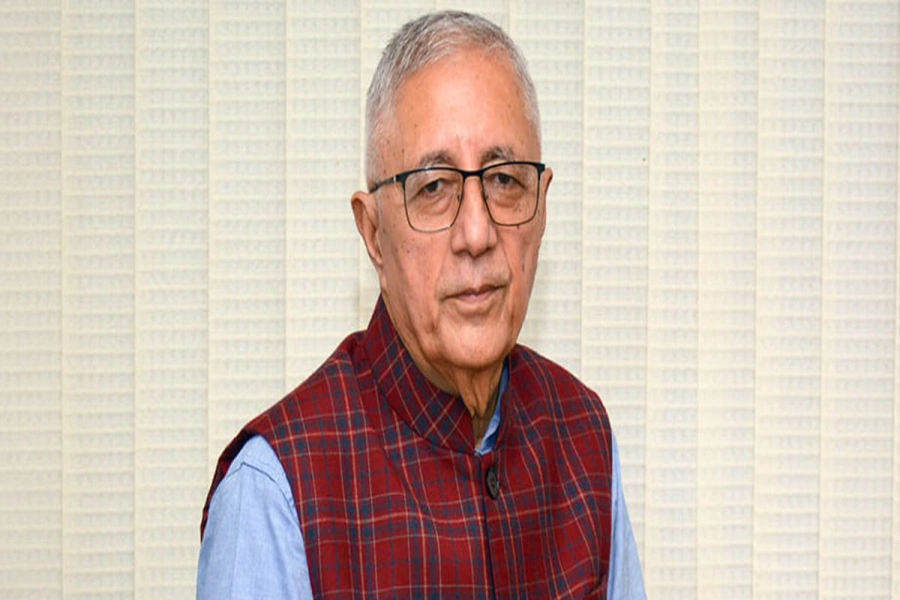Diabetes is a chronic disease where the body either can’t produce insulin or can’t utilize the insulin it produces very well. There are many, who despite having this disease or having family members diagnosed with it, don’t know much about it. The Week talked to Dr Priyadarshani Yonzan, endocrinologist at Alka Hospital, Ekantakuna, to know more about how diabetes affects the body and how it can be managed.
What are the symptoms of diabetes?
Only 50% of people who have diabetes see symptoms of the disease. The symptoms include feeling thirsty and hungry frequently. People find themselves losing a lot of weight, quickly and without planning it. Other symptoms include a frequent need to pee and pins and needles feeling on your hands and feet. For those people who don’t have any symptoms, the only way to diagnose them is through routine screening. Although the American Diabetes Association recommends you should screen regularly after you reach the age of 45, in the context of Nepal, we recommend getting routine check-ups after the age of 30.
The different types of diabetes
There are different types of diabetes, Type 1, Type 2, Gestational and other rare types.
Keeping diabetes at bay

People with Type 1 can’t produce any insulin. Insulin is the hormone that helps digest sugar in the body. The beta cells that produce insulin located in the pancreas are already destroyed in this type of diabetes so they need regular insulin shots. This is mostly seen in children. However, it doesn’t mean that it can’t happen in adults and the elderly.
Insulin is produced in Type 2 diabetes but the body isn’t able to use it properly. It is referred to as insulin resistance. Since the body can’t use it, the sugar level in the body is high. It is mostly seen after 30 years of age, but can occur at any age as well.
Gestational diabetes occurs during pregnancy and goes away on its own after the baby has been delivered. The other types of diabetes, however, are very rarely seen.
Things patients need to keep in mind
After being diagnosed with diabetes, the patient needs to keep a few things in mind. The first one is that once they are diagnosed, they need to immediately start their treatment. After that, they need to make some drastic lifestyle changes. They need to start exercising regularly, for at least 30 minutes a day. Exercising doesn’t mean that you have to join the gym, walking for 30 minutes at a brisk pace counts as exercise as well. If their BMI result shows that they weigh more than they are supposed to, then they need to focus on losing weight as well. Stop eating not just sugary treats but junk food and oily food as well. Smoking and alcohol should be avoided and patients should make it a point to always carry chocolate in their pockets. There are patients who also keep a note in their pockets that read “I have diabetes, and I have chocolates in my pocket. If you feed me that and I still don’t wake up, please take me to the hospital.”
Another thing you need to do is minimize your stress levels because it also increases the blood sugar level in your body. Monitor your blood sugar level regularly. The HBA 1C blood test should be done on a monthly basis. The average of the last three months of this test gives an idea of whether the sugar levels are under control or not. When you check it, the result should be below 7. If all of these conditions are fulfilled then complications can be avoided in the long run.
Things family members need to keep in mind
If someone in your family has diabetes, you need to realize that your risk of having diabetes also increases. This disease is often genetic, so if there is a family history of it you need to get your blood sugar levels monitored on a regular basis, especially if you are above 30 years of age. Adopt a healthy life too along with your family member. It will help you in the long run, prevention, as they say, is always better than cure and diabetes doesn’t have a cure.
If your sugar level isn’t controlled
The target for every patient is to have HPA 1C below 7. If it is persistently high and around 8 or 9 percent, studies show that your risk of complications increases. If your sugar levels are out of control, you have to bring it under control through diet and medication. Otherwise, there will be many long term complications and they will develop at a very fast rate. These include kidney damage, retina damage, paralysis, and stroke among others. You may even develop acute complications, like hyperglycemic syndrome which is extremely high blood sugar levels. This can cause severe dehydration, decreased alertness, as well as loss of consciousness in many cases.

Dr Priyadarshani Yonzan





































